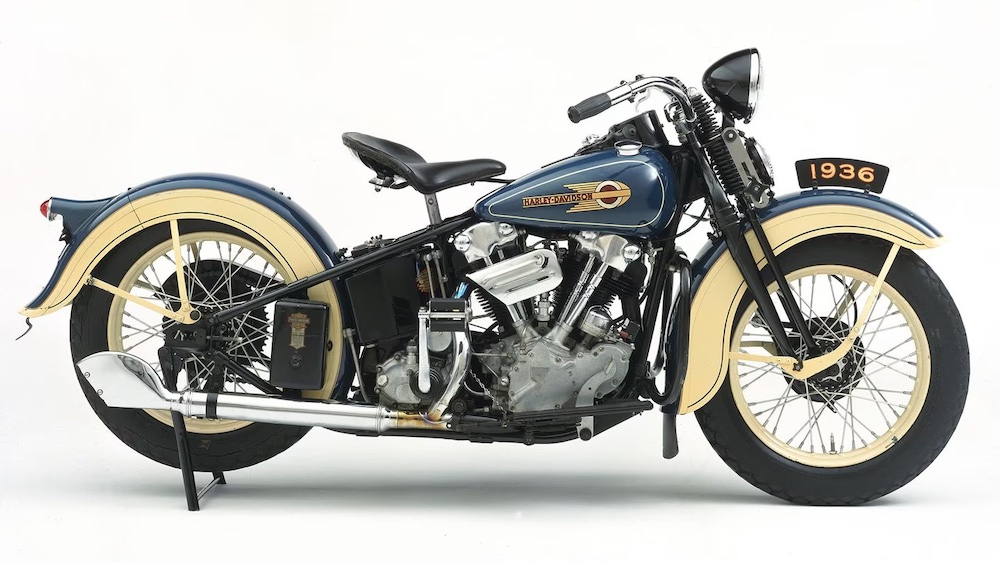Harley-Davidson Knucklehead Paved the Way for Modern Motorcycle Engines
When it debuted in 1936, the Harley-Davidson Knucklehead significantly changed the course of motorcycle history.
As is the case with most powerplants that have seen use in motorcycle/automobile applications over the years, the Harley-Davidson Knucklehead has propelled its fair share of people from point A to point B over the years. However, while some of those engines have failed to leave a positive impression on the masses – or worse, it left them with mechanical issues – the Harley-Davidson Knucklehead instead became a bit of an icon. Still celebrated to this day, the story of the Harley-Davidson Knucklehead is one of engineering triumph, but perhaps more importantly, it helped usher in a new era of modern engines that had a tremendous impact on the direction of the company itself.
The story of the Harley-Davidson Knucklehead began way back in 1936, offering customers an overhead valve configuration that had been used in other types of motorcycles for a while to that point. However, Harley and Indian forged onward prior to that point with flathead powerplants, which were cheaper to produce, simpler, and proven, in spite of their tendency to run hot. Those limitations presented the perfect opportunity to make a huge change, and it’s one that still lives on today with the newer Milwaukee-Eight line of engines.
The benefits of going with an overhead valve layout versus a flathead configuration were many – power potential was greater, heat dissipation improved, and a new recirculating oil system with a remote reservoir helped prevent leaks and reduce temperatures. Meanwhile, cooling fins present in the cylinder head improved cooling even further, helping to also overcome the cast iron block’s poor heat dissipation. Even better, output was significantly improved over the Knucklehead’s flathead predecessors, to boot.
In spite of all this, the Harley-Davidson Knucklehead faced its fair share of challenges, particularly at launch, when it first appeared in the Model 61E. These early engines tended to leak from the rocker boxes, and gasket failures were common due to a complex head design. Regardless, Harley continued to evolve and improve its Knucklehead powerplant over the years, with the most notable being a change from exposed valve springs and valve stems to enclosed pieces in the 1938 model year.
By 1941, the Knucklehead had gotten larger – going from 61 to 74 cubic inches, though supply challenges stemming from the war made it difficult for Harley to build enough to meet demand. Shortly thereafter, aluminum became cheap and plentiful, while the U.S. highway system expanded significantly – along with speed limits. These factors eventually led to the need for something capable of taking on more heat and generating more power – which, in the case of Harley-Davidson, would be the Panhead and its iron block with aluminum heads.
By 1948, the Knucklehead had made way for its own successor, which hung around all the way until 1965. However, it remains a coveted powerplant to this day, with bikes powered by it raking in big money at auction. And, perhaps more importantly, the Knucklehead helped Harley gain a significant competitive advantage over Indian at that time, one that would forever change the trajectory of the motorcycle world in general.
Photos: Harley-Davidson



